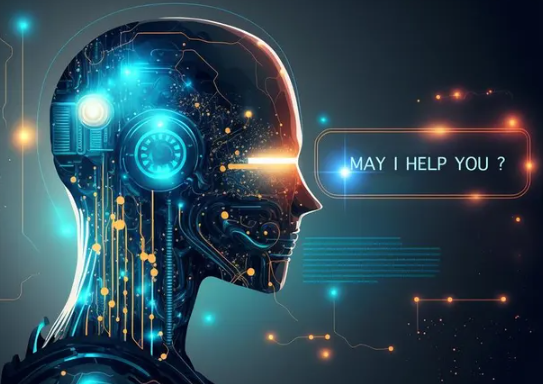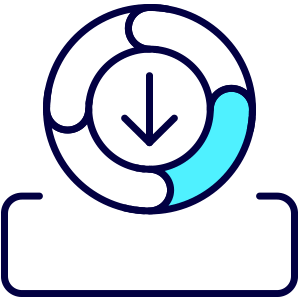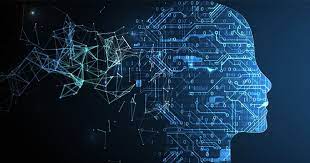Artificial Intelligence (AI) has emerged as a groundbreaking technology that is transforming various industries, and design is no exception. With the advent of AI design tools, creative professionals now have a powerful ally that streamlines their workflow, enhances their productivity, and unlocks new realms of creativity. This article explores the remarkable potential of AI design tools in revolutionizing the creative process.
Traditionally, design has been a labor-intensive and time-consuming process, requiring meticulous attention to detail and countless iterations. However, AI design tools are changing the game by automating repetitive tasks and augmenting the abilities of designers. These tools can analyze vast amounts of data, generate insights, and provide valuable suggestions to aid designers in their decision-making process. From generating design concepts to automating layout adjustments, AI design tools allow designers to focus on the more strategic and creative aspects of their work.
One of the significant advantages of AI design tools is their ability to learn and adapt. They can analyze existing design patterns, understand user preferences, and generate personalized recommendations. By harnessing machine learning algorithms, these tools can continuously improve their performance, becoming more efficient and accurate over time. This adaptive nature of AI design tools helps designers stay ahead of the curve and deliver cutting-edge designs that resonate with their target audience.
Moreover, ai design tool enable designers to explore uncharted territories and push the boundaries of creativity. They can generate novel ideas and explore design possibilities that might have otherwise remained unexplored. With the ability to rapidly generate and evaluate multiple design options, designers can experiment more freely and iterate faster, leading to innovative and unique design solutions.
AI design tools also foster collaboration and interdisciplinary work. They can facilitate seamless communication between designers, developers, and other stakeholders by providing a common platform for sharing ideas, feedback, and design iterations. This collaborative environment ensures that all parties are on the same page, minimizing misunderstandings and streamlining the design process.
However, it is crucial to acknowledge that AI design tools are not meant to replace human designers. Rather, they are powerful tools that complement human creativity and expertise. While AI can automate certain aspects of design, it is the human touch that brings emotion, intuition, and artistic vision to the table. Designers can leverage AI design tools as their creative partners, leveraging their capabilities to enhance their own skills and deliver exceptional results.
In short, AI design tools have revolutionized the creative process by streamlining workflows, enhancing productivity, and pushing the boundaries of creativity. With their ability to automate tasks, provide valuable insights, and foster collaboration, these tools empower designers to focus on the strategic and artistic aspects of their work. As AI continues to advance, we can expect even more sophisticated and capable design tools that will reshape the creative landscape, unleashing new levels of innovation and imagination.



